[vc_row][vc_column width=”1/4″ offset=”vc_hidden-xs”][vc_widget_sidebar sidebar_id=”sidebar-main”][/vc_column][vc_column width=”3/4″][vc_column_text]
Fees and expenses related to investments are distinct items. Fees represent an investor’s known cost, while expenses represent the often veiled costs that investors pay every year inside of various investment products like mutual funds and annuities.
Today’s column is the second installment of a four-part series examining the Fiduciary Focus. Last week we looked at risk and volatility. Over the next two weeks, we will focus on taxes both today and tomorrow and finally, receiving a real return. But today, we will address the drag in all of our portfolios – fees.
People who use advisors to manage their investments pay a fee of some nature. For brokers, the advisor’s fee is paid via commissions. For Registered Investment Advisors, it is paid as an annual fee. Some brokers are now adding “wrap” accounts that charge a fee in addition to mutual fund fees inside the portfolio. Each investor must determine if the advisor is using the correct business model for their family and if the fees are warranted. Job descriptions for advisors vary tremendously. Make sure you have the right relationship.
When a mutual fund is purchased inside or outside a 401k plan, the manager charges a stated fee along with “other costs associated with running the fund.” There's the catch. Often, those “other” charges trump the known fee.
We prefer the efficiency of exchange traded funds (ETFs) over mutual funds because all fees are quantified up front. Who is the largest owner of ETFs? Mutual funds! The mutual fund manager charges a fee, the fund pays other costs including trading along the way and then they invest in ETFs inside of the fund because of their efficiency!
We have discussed the advisor and the mutual fund manager but what about Wall Street? Wall Street does not get paid based on commissions but on “spread.” Every time an individual purchases a stock – individually or inside a mutual fund – the transaction has a bid price and an ask price and the difference between the two is referred to as the “spread.” Today the spread averages two cents a share. Wall Street trades between two to four billion shares on an average day. Every stock purchased must also be sold so two to four billion multiplied by two cents is charged to investors every day. Most of these charges are inside mutual funds and are counted as “other” charges.
Custodians like TD Ameritrade, Schwab and Fidelity are engaged in a price war making trading even cheaper. Their model includes loaning shares to people who short stocks and charging interest, earning fees in their own managed portfolios and proprietary products.
The key is to hire a fiduciary who is required to treat your money as if it were their own funds in the same situation. Some fees and expenses must be paid but work alongside an advisor who is incentivized to keep all fees and expenses low.
Disclaimer: Do not construe anything written in this post or this blog in its entirety as a recommendation, research, or an offer to buy or sell any securities. Everything in this post is meant for educational and entertainment purposes only. I or my affiliates may hold positions in securities mentioned in the blog. Please see my Disclosure page for full disclaimer.[/vc_column_text][/vc_column][/vc_row][vc_row][vc_column offset=”vc_hidden-lg vc_hidden-md vc_hidden-sm”][vc_widget_sidebar sidebar_id=”sidebar-main”][/vc_column][/vc_row]



